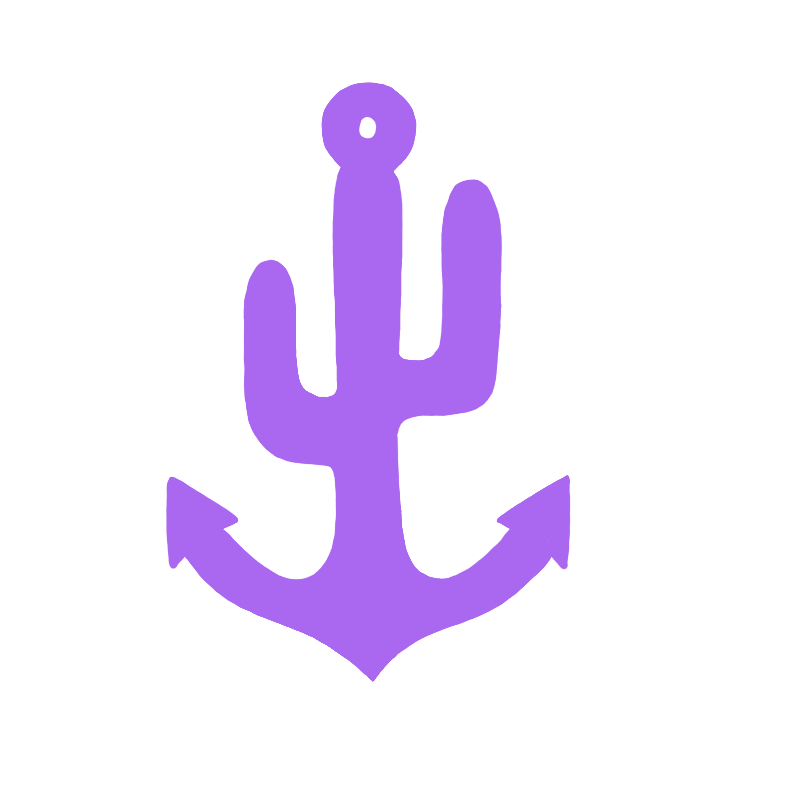level 3 training: the crew the clicked
I walked onto the dock for Level 3 training just days after Crew Allocation, finally knowing who my race team would be. But in that moment, it didn’t matter. I wasn’t training with my team – I was stepping onto a new boat, with a new skipper, new first mate, and a mix of sailors pulled from different teams across the fleet. Total strangers.
And by the end of the week, they became the most fun crew I’ve ever sailed with.
There was something special from the start. We settled in quickly, picked up our red training foulies, and knocked out crew assessments. Most of us had trained on Clipper 68s for Levels 1 and 2, but this was our first time on a Clipper 70 – the same boats we’ll race around the world. There was familiarity in the procedures, but a noticeable shift in tone as we talked through what was new during safety briefings.
We opted to stay onboard for dinner the first night, ran through the plan for the next morning, and then – naturally – ended up at the local pub for a social pint. From that point on, things just clicked.
Our week was built around day sails, with one overnight in Cowes, and a focus on downwind sailing – especially spinnaker work. Our training team brought a chill, approachable energy, but they set the bar early: Level 3 is about anticipation. It’s time to stop waiting for orders and start thinking like racers.
We did exactly that. No one waited for a wake-up call or instructions. Breakfast was ready early. The boat was prepped before the clock hit 0800. People just stepped up. We became a team.
And then…we waited. The Solent was glassy and still most mornings, winds hovering under 5 knots. But the slow start gave us time to dig into theory – spinnaker rigging, MOB drills, winch servicing, evolution plans – and ease into the boat and each other. By afternoon, the land would warm and give us just enough breeze to play with the kites.
Flying a spinnaker for the first time was electric. When they’re stowed, these massive sails are “wooled” – scrunched and bundled tight, their three corners (head, tack, and clew) pulled into a tripod of tension and cinched into a snug nappy in the center. The whole thing is neatly packaged with wool yarn, ready to explode open with the first gust of wind.
I eagerly volunteered to be “kite bitch” (AKA “KB”, obviously a very technical term) for our first hoist, helping guide the sail up and clear of any snags. The halyard was winched, the sail climbed high, and – one by one – the wool ties burst with little pops until the full spinnaker bloomed with a satisfying BANG. We cheered. We were hooked.
Downwind sailing is smoother and more stable than upwind – it has a vibe. We matched it with relaxed tunes over a bluetooth speaker behind the helm. We rotated roles, learned to trim the spinnaker, helmed under kite, and found our rhythm. Our evolutions got cleaner. Faster. We laughed a lot. There was real joy in the boat.
Man overboard (MOB) drills are a given in every training, but this week added the complexity of a kite being up. Recovering a casualty under spinnaker demands urgency and coordination – it takes almost the full crew to douse the sail using a “letterbox drop,” feeding it down between the mainsail and boom. I got to be rescue swimmer for the first time that week, kitted out in a drysuit and lowered overboard to fetch our beloved dummy, Bob. A highlight for sure.
We also practiced Le Mans starts – where boats line up, motor with mainsail raised, then all engines cut at the same time for a rapid-fire sail hoist. It's chaotic, fast-paced, and incredibly fun. We drilled hard and prepped for a mock Le Mans race against other Level 3 boats at the end of the week. Our self-declared crew name? The Flying Bowlines – a reference to a flashy knot move our first mate taught us that we immediately turned into a boat-wide party trick and battle cry.
Midweek, we docked in Cowes on the Isle of Wight. A town with rich sailing history, Cowes is all cobblestone streets, nautical shops, and breezy harbor views. That night: pub, then karaoke. The DJ called up The Flying Bowlines, and we sang like no one was listening while dancing our faces off. Pure magic.
The next morning, we took it slow – pastries at the French bakery, a stop at the chandlery (to replace my sunglasses which had snapped), and a walk through town with my fellow KBs. All was right in the world.
Our final day featured the much-anticipated Le Mans race. We crossed second at the start, but as the course neared its end, we were pulling into the lead. If it had lasted even two minutes longer, we’d have taken it.
That night we had a final crew dinner – Chinese food in Gosport – before deep clean and skipper assessments the next morning. I led the deep clean and walked into my assessment feeling genuinely proud. I was confident all week: in evolutions, in leadership, in my ability to support and guide the team. My skipper saw it too. We talked about the possibility of stepping into a watch leader or team coordinator role. It felt like a real turning point – one I wouldn’t have imagined a year ago.
What made this week so special wasn’t just the training – it was this crew. This energy. This sense of camaraderie, trust, and fun. That click. A feeling I hope to find on every leg of the race.
